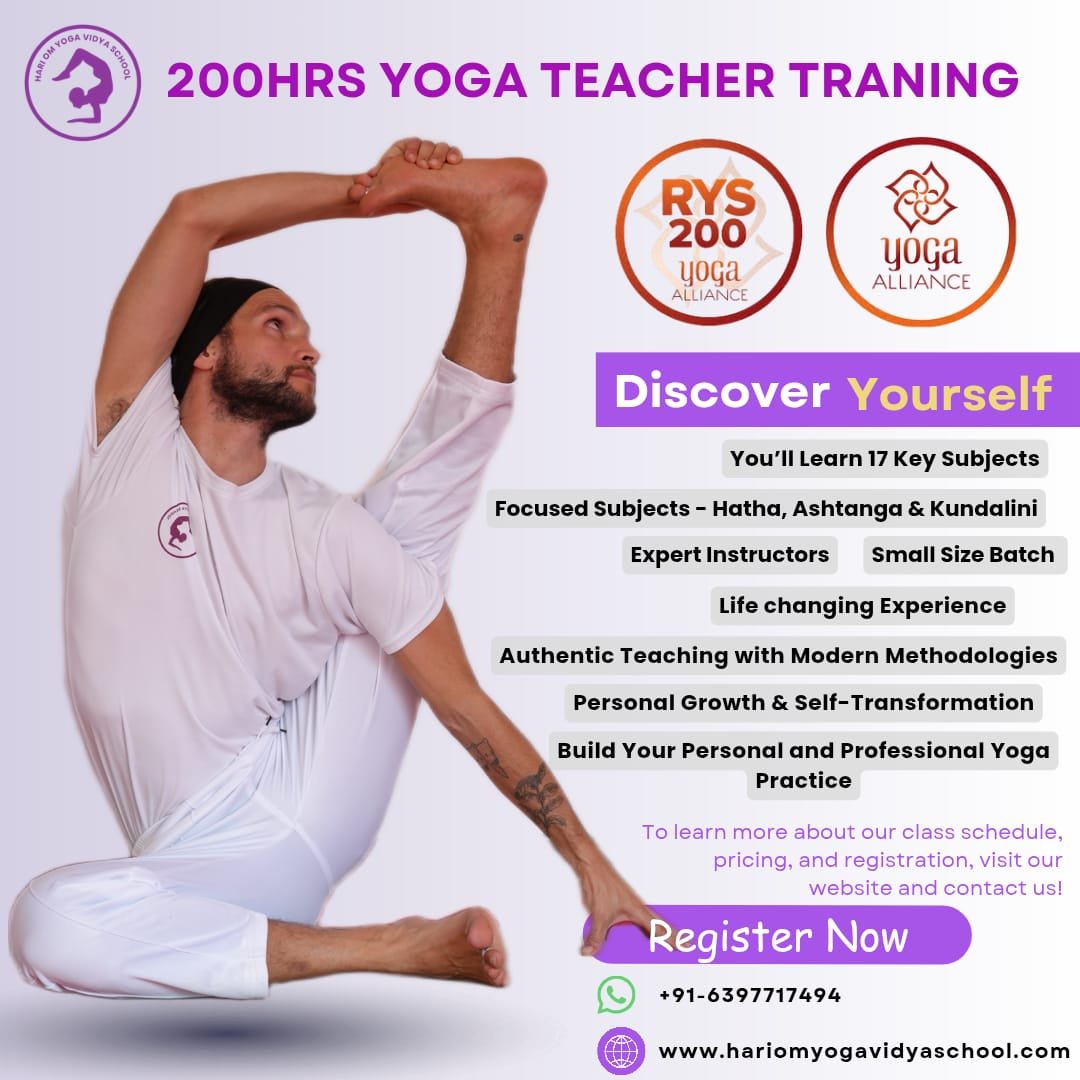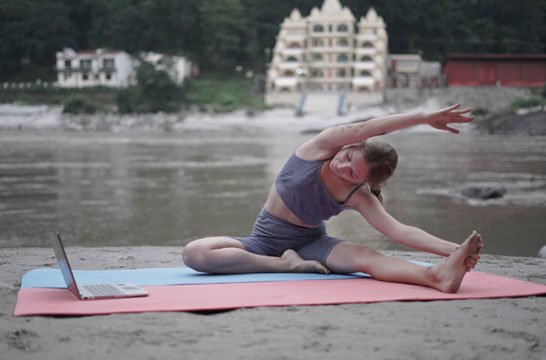Ardha Baddha Padma Paschimotanasana – Half Bound Lotus Forward Bend Pose
What is Ardha Baddha Padma Paschimotanasana?

Ardha Baddha Padma Paschimotanasana is an asymmetrical seated pose, in which you have to sit in Paschimottasana, with one leg in padma asana. Ardha Baddha Padma Paschimotanasana pose is one of the first ones, when you are starting the Ashtanga seated postures. It is one of the intense, forward bending poses, that opens up the hips and the knees. Additionally, it stretches the spine and your hamstrings as well. You will be giving a good massage to the abdominal muscles and also improving the blood circulation. It is also believed to benefit the digestive system.
Read More: Why Is Kundalini Yoga Dangerous? The Truth About Its Risks and Rewards
You can call it quite similar to the Ardha Padma asana. Before you get to learn about the intricacies of this pose, you must unearth the meaning of its name. The name comprises two classical poses in Ashtanga Yoga.
- Ardha means ‘Half’
- Baddha means ‘Bound’
- Padma means ‘Lotus’
- Paschim means ‘lower back’
- Ottana means ‘Good stretch’
- Asana means ‘Pose’
This is the complete break up of the name of the asana. The term has come down from Sanskrit.
How To Do the Asana?
You should learn how to do this yoga pose, that is considered as one of the top advanced poses in the Primary seated series. Here is how you can do it.
- You have to sit on the floor, with your legs stretched before you. You can also call it the Dandasana.
- Slowly, you have to bend your left knee. Then, place the left foot on the upper right thigh. The left knee should be in contact with the floor, in the process.
- You have to take your left hand backwards, and wrap it around the waist. You need to stretch your hand, so that it can clasp the left foot that is jutting out from the right side.
- You need to relax your shoulders and raise your eyes overhead along with your right hand, and try to hold the right foot, which is outstretched in front of you.
- Bring your chin in contact with the right shin, and look at the foot or the tip if your nose.
- Take five deep breaths and hold the forward fold position.
- Inhale and then slowly, bring your body upwards and sit straight.
- Exhale and then, release the right hand and also the left foot, from above the right thigh.
- Stretch both the legs outwards and repeat the entire sequence with the other leg and hand.
- You can relax in Dandasana afterwards.
Modifications and Variations
- If you have problem, in establishing the pose, then there are a few options that you can undertake. You can try using a block. You can use the yoga block, to place under the left knee, which you have folded. It will give complete support to the foot that is on the alternate thigh. This will help you to bend your torso forward more easily.
- You can also use a yoga strap, to perfect the pose initially, in your yoga practice. You can wrap a strap around the foot which is one the thigh, and you can hold the other end of the strap, with the opposite hand, which comes from the back. It is very helpful, when you are not able to hold the foot.
You can try out the other poses, alongside, that are quite similar to this asana. They are Trianga Mukhaikapada Paschimotanasana and Janu Sirsasana.
The Drishti should be either Nasagra, or Padayoragram. During the forward bend, you have to take five deep breaths.
Safety Precautions Decoded
If you are practicing the pose for the very first time, you should keep a few things in mind.
- You have to make sure to bring the bent leg very close to your body or abdomen, so that the knee touches the ground and the toes jut out from the other side of the body. The toes should reach the hip crease.
- If you are unable to hold the toes that are jutting out from the side of the body, with the opposite hand, you have to raise the hand and take it as tightly as possible from above the shoulder. This will help in opening up the shoulder, and you may be able to hold the toe properly.
- You have to maintain the chin on your shin, instead of the forehead. Many yoga practitioners forget this. This helps to prevent the spine from getting misaligned. It can also lead to severe injury, if not done right.
Who Can Do This Asana and Who Cannot?
- If you are healthy inside out, you can do the pose with complete ease.
However, there are certain cases, where you may not be able to do it. Read the contraindications below.
- If you have any sort of injury around the knees, shoulders, back, neck, hips, or ribs, you should not do the pose.
- If you are suffering from a slipped disc, you should avoid the pose.
- You cannot practice the pose, if you are menstruating or are pregnant.
- You have to perfect Paschimottasana first, and then do this asana.
- While folding forward, you should not bend your back or your knees, while folding forward.
Read More: Everything You Need to Know About Kundalini Yoga Teacher Training
Benefits of Ardha Baddha Padma Paschimotanasana
This is an advanced posture, which you must do after you have mastered the foundation poses. After you have achieved perfection, you can get a lot of positive results from the asana.
Read about all of them below:
- This asana increases the flexibility of the muscles of the spine, legs and the hips. Your knees and shoulder joints become supple, and the blood flow also increases. This enhances the elasticity of the region.
- You get aid in digestion. When you bend the body forward, it leads to immense pressure on the digestive organs. Thus, the organs like stomach, pancreas, spleen, and liver get a boost.
- You are stimulating the liver to perform well, which in turn increases metabolism and leads to loss of fat.
- It has a huge influence on the spleen. When you are tucking the heel into the abdomen, the area gets pressurised, leading to a good massage. It leads to greater immunity.
- The practice of the asana also stimulates the uterus and ovaries. So, your reproductive health improves.
- Your body gets cleansed internally and hormonal secretions are also regulated after thorough practice.
- This pose is also said to correct the posture of all those who have a hunched back.
Deepen Your Yoga Practice with Hari Om Yoga Vidya School
Located in the heart of Rishikesh, Hari Om Yoga Vidya School is a place where ancient yogic wisdom meets modern teaching techniques. As a top yoga school in Rishikesh, we are committed to providing authentic, immersive yoga education in a peaceful, spiritual setting. Recognized as one of the best yoga schools in Rishikesh, we offer structured training programs designed to help you evolve in your practice, whether you are a beginner or an experienced yogi.
If you’re searching for a yoga school in Rishikesh that focuses on holistic learning, experienced teachers, and a supportive community, look no further!
Explore Our Yoga Teacher Training & Retreats
At Hari Om Yoga Vidya School, we offer a range of courses tailored for different levels of practitioners:
✅ 100-Hour Yoga Teacher Training in Rishikesh – A foundational course for those looking to begin their yoga journey.
✅ 200-Hour Yoga Teacher Training in Rishikesh – An internationally recognized certification for aspiring yoga teachers.
✅ 300-Hour Yoga Teacher Training in Rishikesh – Advanced training to deepen your practice and refine your teaching skills.
✅ 7-Day Yoga Retreat in Rishikesh – A rejuvenating escape into yoga, meditation, and self-discovery.
✅ 10-Day Yoga Retreats in Rishikesh – A transformative experience that blends yoga, relaxation, and Himalayan serenity.
Join us for a life-changing experience and become part of our global yoga family! 🌿✨





